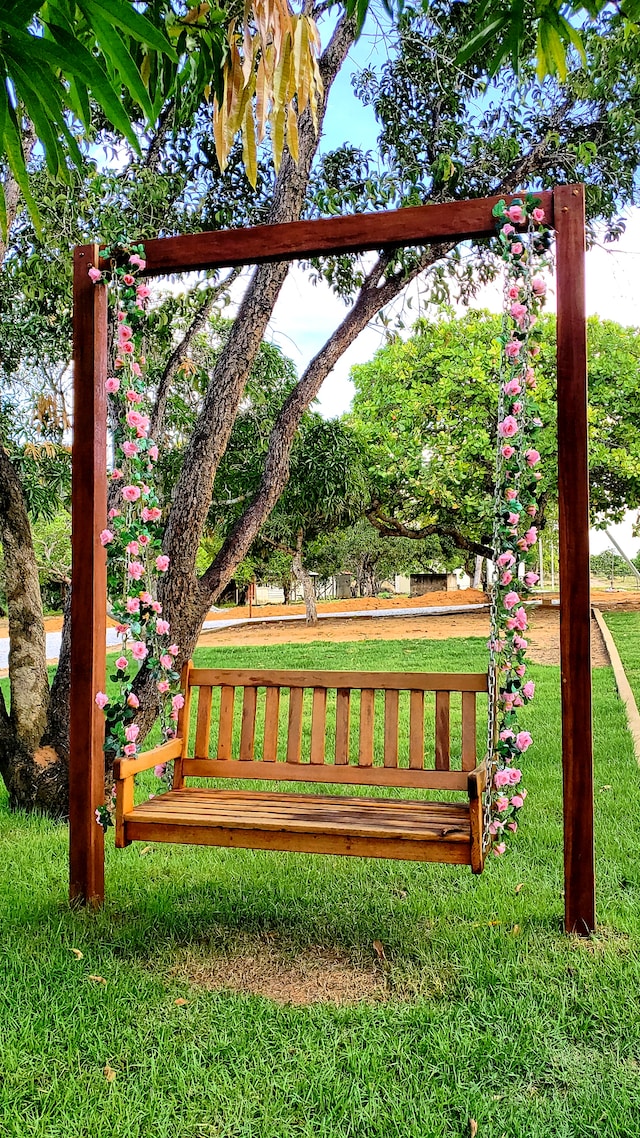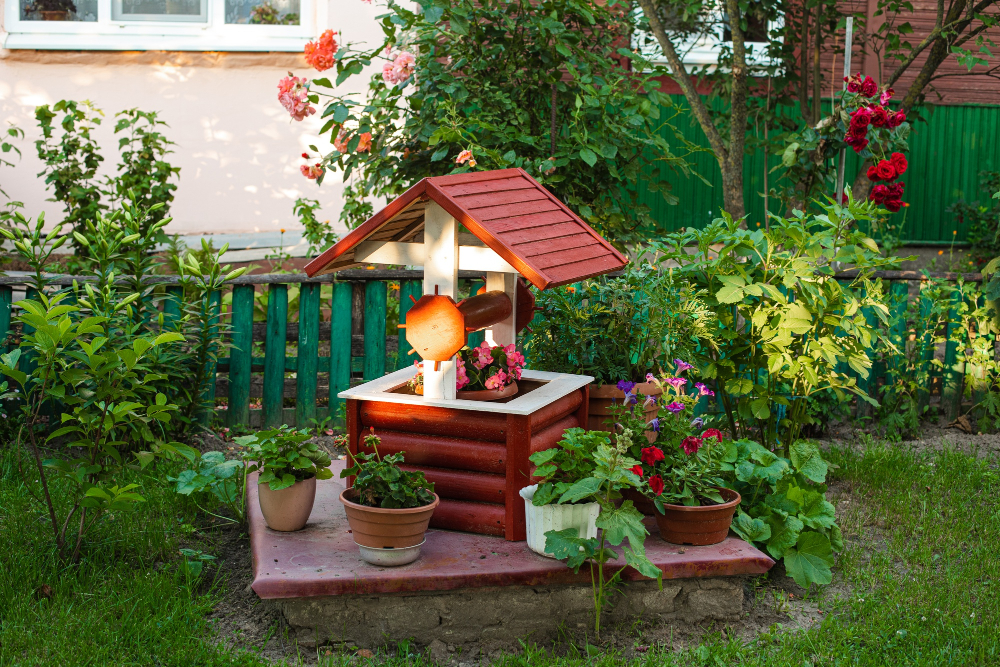If you’re looking to start a garden or simply want to add some greenery to your home, planting seeds and growing healthy plants can be a rewarding and fulfilling experience. However, it can also be a daunting task, especially if you’re new to gardening. In this article, we’ll provide you with some tips and tricks to help you successfully plant seeds and grow healthy plants.
Choosing the Right Seeds
The first step in planting seeds is choosing the right ones. When selecting seeds, consider the climate and soil conditions in your area. Some plants thrive in warm, sunny climates, while others prefer cooler temperatures and more shade. Additionally, some plants require specific soil conditions, such as acidic or alkaline soil. Research the plants you’re interested in growing to determine their ideal growing conditions.
Preparing the Soil
Once you’ve chosen your seeds, it’s time to prepare the soil. Start by removing any weeds or debris from the area where you plan to plant. Then, loosen the soil with a garden fork or tiller to a depth of at least six inches. If your soil is poor quality, consider adding compost or other organic matter to improve its nutrient content.
Planting the Seeds
When planting seeds, it’s important to follow the instructions on the seed packet. Some seeds need to be planted at a specific depth, while others require a certain amount of space between them. Make sure to water the seeds immediately after planting to help them settle into the soil.
Watering and Fertilizing
Watering and fertilizing are essential for growing healthy plants. Water your plants regularly, but be careful not to overwater them, as this can lead to root rot. Fertilize your plants according to their specific needs, using a balanced fertilizer that contains nitrogen, phosphorus, and potassium.
Pest Control
Pests can be a major problem for gardeners, but there are several ways to control them without using harmful chemicals. One method is to plant companion plants that repel pests, such as marigolds or garlic. You can also use natural pest control methods, such as spraying your plants with a mixture of water and dish soap.
Harvesting
Once your plants have matured, it’s time to harvest them. Different plants require different harvesting methods, so make sure to research the plants you’re growing to determine the best way to harvest them. Some plants, such as tomatoes, should be harvested when they’re fully ripe, while others, such as lettuce, can be harvested when they’re still young and tender.
Conclusion
Planting seeds and growing healthy plants can be a fun and rewarding experience, but it requires some knowledge and preparation. By choosing the right seeds, preparing the soil, watering and fertilizing your plants, controlling pests, and harvesting your crops, you can enjoy a bountiful garden or a thriving indoor plant collection. With these tips and tricks, you’ll be well on your way to developing a green thumb.










